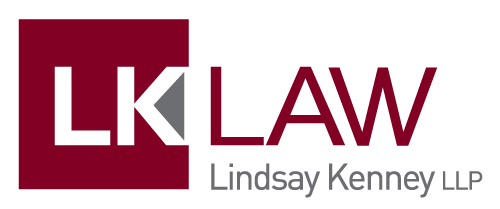What is this I heard about some changes to land ownership in British Columbia?
As part of the B.C. government’s stated plan to stop illegal money from negatively affecting market prices and housing affordability in B.C, the B.C. government introduced the Land Owner Transparency Act (the “Act”) in the hopes of uncovering beneficial, ‘hidden’ or undisclosed ownership in real estate.
What do I need to know about the Act?
Most persons and entities acquiring an interest in land (which is referred to as a ‘transferee’) must file a transparency declaration in connection with their ownership of land in B.C. The information will be held in the Land Owner Transparency Registry (“LOTR”), a registry which will hold information regarding individuals who have any interest in land in B.C. Some of the information in the registry will be available to the general public, and some information will be available only to certain authoritative bodies, such as law enforcement officers, taxing authorities and certain regulators.
An “interest in land” includes: fee simple estates, life estates, any lease with a term greater than 10 years, a right to occupy or require transfer under agreement for sale and certain other property interests that will be more particularly detailed in regulations to the Act.
If the transferee who files a transparency declaration is a “reporting body”, that transferee will be required to file a transparency report disclosing information about themselves and about indirect owners of the interest in land. The indirect owners of the land, such as beneficiaries of trusts, or partners of a partnership, are called “interest holders”.
The Act defines a “reporting body” as a relevant corporation, a trustee of a relevant trust or a partner of a relevant partnership.
- Relevant corporation: All private corporations and limited liability corporations, unless exempt by the Act or by regulation.
- Relevant trust: All express (intentional) trusts (including bare trusts), unless exempted by the Act or by regulation.
- Relevant partnership: All partnerships, unless exempted by regulation.
What needs to be disclosed?
In each transparency declaration, each transferee must state whether that transferee is a reporting body, and if so, what type of reporting body. If the transferee is a reporting body, a transparency report must be filed.
When disclosure under a transparency report is required, what needs to be disclosed will depend on the nature of the transferee. Reporting bodies will need to disclose primary identification information about the reporting body and information about each interest holder. Specific information based on the type of reporting body will also be required.
- Corporations: name, registered address and head office address, jurisdiction of incorporation or continuation, incorporation number and business number.
- Trusts: information regarding the trustee and settlor corresponding to certain information required for individual interest holders.
- Partnerships: partnership’s business name, type of partnership, registered address or head office address, address of principal business premises, jurisdiction of organization, and identification number and business number.
- Individual interest holders: Full name, date of birth, SIN, tax number, principal residence and last known address; residency and citizenship status; date on which one became or ceased to be an interest holder and the nature of the individual’s interest in the reporting body.
Note that only the primary identification information about a reporting body and its interest holders are available to the general public. The specific information is not available to the general public, and limited to viewing and search by enforcement officers, ministry of finance employees, taxing authority employees, law enforcement officers and certain regulators.
Who is an interest holder?
An individual is considered a corporate interest holder of a relevant corporation if any of the following apply:
- Owns or controls, alone or with others, directly or indirectly, 10% of the issued shares or voting rights;
- Has the right, directly or indirectly, to appoint or remove a majority of the directors; or
- A prescribed interest.
An individual is considered a beneficial owner of a relevant trust if any of the following apply:
- A beneficial interest in land;
- Power to revoke the trust and receive an interest in land;
- A corporate interest holder of a corporation that satisfied the points above; or
- A prescribed interest.
An individual is considered a partnership interest holder of a relevant partnership if any of the following apply:
- A partner in the relevant partnership;
- A corporate interest holder of a corporation that satisfies the point above; or
- A prescribed interest.
When do these requirements take effect?
As of the date of this article, commencing November 30, 2020, all transferees of B.C. real estate must file a “transparency declaration”. Pre-existing owners of land will need to file a “transparency report” by November 30, 2021.
Where can I get more information?
For more information regarding the Act, please read our previous article on the topic: Understanding the Impact of BC’s Land Owner Transparency Act. For additional advice, please contact our Real Estate Practice Group.
